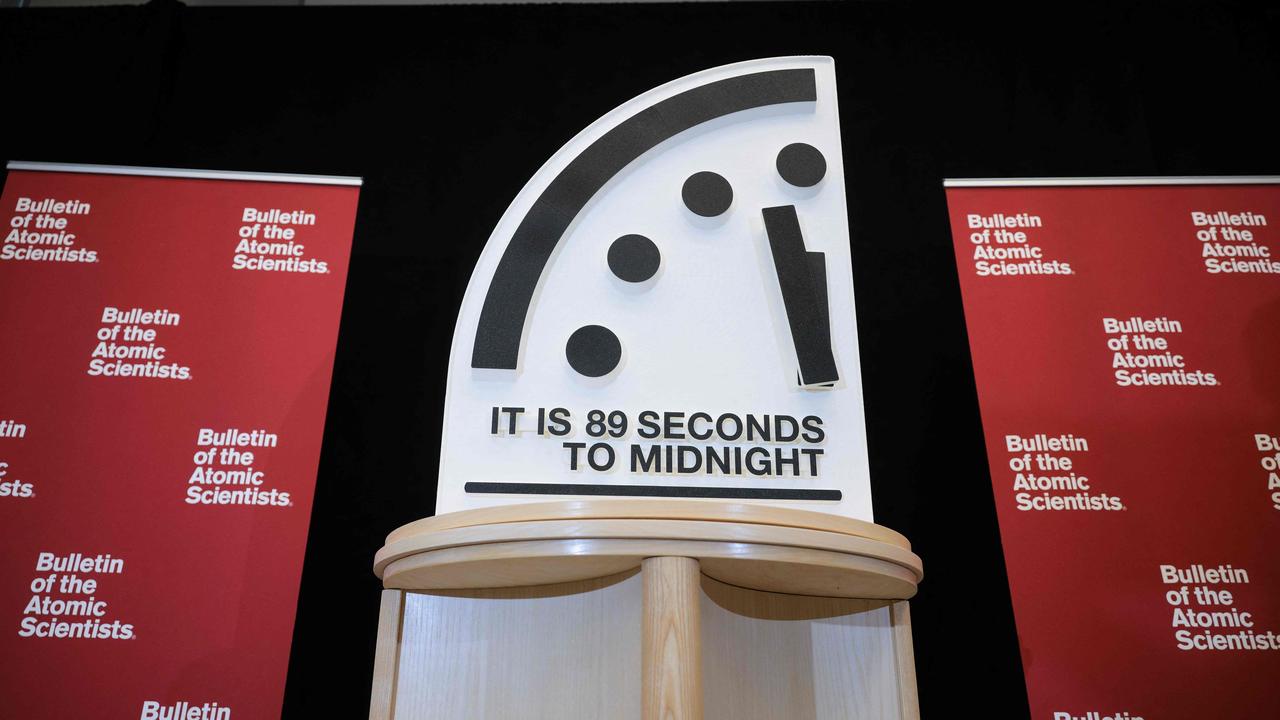TALKING POINT: Clarence is open for business, Hobart isn’t – and it comes down to free parking
It’s a tale of two cities. Clarence attracts shoppers from all over the greater Hobart area – but Hobart city doesn’t, and it comes down to one simple factor, writes Marti Zucco.

Opinion
Don't miss out on the headlines from Opinion. Followed categories will be added to My News.
NOT only am I able to picture some of the world’s iconic shopping areas, Carnaby Street in London, Gion in Kyoto, Bahnhofstrasse in Zurich, Rodeo Drive in Los Angeles, Stroget in Copenhagen and P.C. Hoofstraat in Amsterdam (Talking Point, December 7), I have visited most and others.
They include Tianjin in China, with vast open spaces filled by those riding bikes, walking and catching one of the most efficient public transport systems I have been on, moving some of the near 16 million people around the city and to Beijing 120km away in 30 minutes.
The question put by Dr Louise Grimmer was “What do these bustling, vibrant and welcoming shopping districts have in common? They are places designed for people. They are so-called sticky places with features created to encourage people to visit and stay. People who stay longer tend to spend more money, and come back time and time again. But how do authorities encourage people to stay, spend and return?”
This question can be looked at in a different perspective if we compare these cities to Hobart or Clarence or Glenorchy.
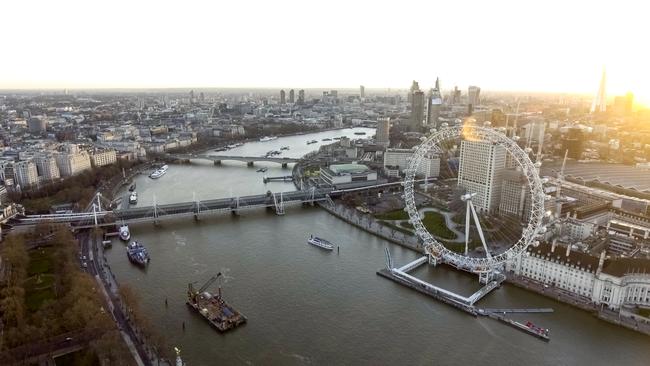
Let’s compare:
London with a population of about 9 million, Kyoto 1.47 million, Los Angeles 12 million, Copenhagen 800,000, Amsterdam 1.2 million, Zurich 1.4 million, Tianjin 16 million — all with a vibrant metro/rail system.
Many also have tram/light rail services and efficient park and ride services.
Now for two cities in greater Hobart:
Hobart: population about 55,000 with a very poor bus service, no metro/rail or trams or efficient park and ride.
Clarence, population about 57,000, with a very poor bus service, no metro/rail or trams or efficient park and ride.
Throw in the hills and cold miserable weather at least six months a year and ageing population. How can LA, Copenhagen, Amsterdam, Zurich, Kyoto, London be compared to greater Hobart, which with three cities and about 250,000 residents.
Has the City of Hobart developed itself to be far more pedestrian friendly?
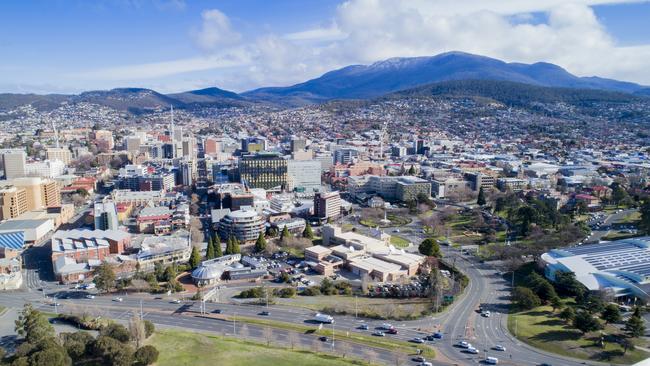
Yes, the city has transformed Liverpool Collins and Murray streets. But at times the city centre is dead and with a seriously concerning vacancy rate. Is closure of these lanes part of a cause of the city downturn?
I have always been a supporter of outdoor dining and footpath use but that cost should be borne by those who wish to use this public space.
Is the city heart dying because of the lack of open space amenities? Is the vacancy rate caused by the pandemic? Are people not coming to Hobart because they cannot walk or ride a bike? Will the City blossom to the heights of other cities because we widen more paths for the masses or add bikeways for the less than 10 per cent of the population. What about the other 90 per cent?
Ratepayers and taxpayers put their hand in their pockets with millions for two new pedestrian bridges. I drive past every day and haven’t seen the masses using them. It’s time we stopped comparing. We do not have the populations of these amazing bustling cities.
So let’s compare the City of Hobart and the City of Clarence and see who has it right and who has it wrong.
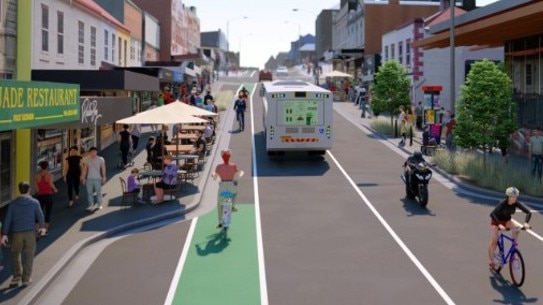
Similar in population, divided and reliant on a bridge, with the same public transport issues and ample public open spaces. Both have waterfronts. Hobart may have more bikeways.
One would say similar cities, one with a CBD and vibrant waterfront and the Hobart CBD potentially with far more activity, with major hospitals, hotels, university.
Hobart has paid parking, loss of CBD on-street parking, Liverpool and Collins traffic congestion caused by the road narrowing of Liverpool and Collins streets with many vacant commercial spaces.
The current Hobart City Council which I deem the worst in my 29 years in my opinion has an anti-development stigma and on recent media readings an ideology platform.
Clarence has no CBD or major hospitals or major hotels and a small waterfront. It has one main shopping centre in Eastlands with free parking, including on-street parking and a mall that one can drive through.
Clarence is a council that seems open for business, with not many empty commercial properties in comparison to Hobart.
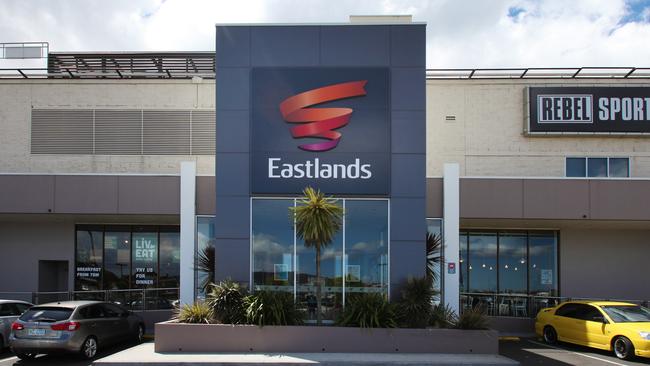
It has no anti-development stigma and whatever the ideology is, it’s working.
Eastlands was a buzz of activity with shoppers galore and business thriving with cars in abundance parking on a cold day.
With on-street parking to boot. So why is Eastlands thriving and the CBD of Hobart dying? Over many years I have said the CBD is the heart of our city.
We the elected members who are the custodians need to help keep the heart beating but are choking it with ideology.
What may work in big cities is not what we have in Hobart.
Clarence knows the clientele who spend money where they can shop and drive and access comfortably.
The pandemic may have played a role in some of the City’s problems with empty commercial spaces but to put the head in the sand and accept that when Clarence is booming is not a reality.
The City of Hobart custodians need to see it, like I have on my trip to Eastlands.
Neither Hobart nor Clarence has these transport systems but Clarence is thriving and the heart of Hobart is being choked by ideology.
The custodians of Hobart need a wakeup call before the city ends up only relying on tourists rather than locals.
The custodians of Glenorchy are in a similar position as Clarence — open for business. Come ye all to shop and spend and park free.
I can imagine the negative comments from the minority who will disagree with me.
But I can also picture the majority who are concerned about where the City of Hobart is going, hopefully not into intensive care.
Marti Zucco has been a Hobart City Council alderman for 29 years and a trader in Hobart, North Hobart and Sandy Bay.

